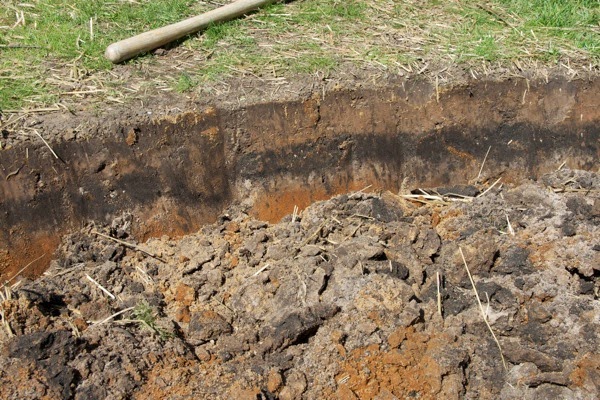Last week, one of the non-gardening blogs I read had a beautiful mood board full of gorgeous pictures of all the plants the blogger was planning to put into a new border, and it was a great mix. But then she said this: “Gardening is TOTALLY trial and error.”
I cringed. By and large, there is very little trial and error in gardening, at least for the home gardener, in terms of whether a plant lives or dies. And gardening can be a rather expensive endeavor (of course it can be done very economically depending on how you approach it). So why would anyone spend a good deal of money to just guess if a plant is going to live or not? Most people wouldn’t so I would hate for people to think that whether a plant lives or dies in your yard is a crapshoot.
So here’s a way to make sure a plant is going to live in your yard. In other words … all the ways that gardening is not totally trial and error.
1. Is it hardy in your area? Find your USDA hardiness zone and only buy plants that are hardy in your area. Better yet, buy plants that are a half zone or full zone hardier than your zone (a good rule to follow for expensive investment shrubs and trees).
2. Is it suitable for the amount of sun it will get where you intend to plant it? Your choices are full sun, part sun, part shade and shade (very few plants grow in deep, full shade). It can be hard to know how much sun a spot in your yard gets so one technique that can be helpful is to put a plain white sheet of paper in that spot and make note of it throughout the day. It sounds weird, but it’s much easier to tell if the sun is really shining on something or if it’s just bright in an area. Or you can get a sunlight calculator, which will tell you after a day outside how much sun a spot gets (presuming you use it on a nice, clear day).
Full sun = 6-8 hours of sun
Part sun = 4-6 hours of sun
Part shade = 4-6 hours of sun
Shade = Less than 4 hours of direct sun
The difference between part sun and part shade is difficult to delineate, but I think it’s safe to say that closer to 4 hours of direct sun is part shade and closer to 6 hours of sun is part sun.
Be mindful that you are judging the amount of sun after the trees have leafed out, not in early spring when you are planning a garden.
 |
| When we built the path in the backyard we got a good look at what our soil is really like. The top layer was mostly clay, the middle was a lovely humus-rich loam and the bottom was mostly sand. |
3. What kind of soil does it like? Some plants absolutely need acidic soil to thrive. Azaleas and camelias will never grow decently in my yard because I have alkaline soil. Some plants need sharp drainage, others like soil that’s a bit boggy. But most plants fall somewhere in the middle. If plant has a special soil requirement, it will clearly state it on the plant tag. Otherwise, most plants will do fine with a good-draining soil rich with organic matter.
4. Does your site have special conditions? I have a small bed alongside the south side of the house, bordered by the patio. It is hot there, not just because it is tucked up alongside the house, but also because the white siding reflects a lot of light. It’s also a bit dry because of the eaves on the house. It’s a microclimate and I can certainly grow plants there that are at least a zone less hardy than the rest of my garden, if not more. But they also need special attention in the form of feeding, regular top-dressing with compost and extra water. Houses, walls, low spots, high spots, etc. can all create microclimates that might make a plant that would normally grow there unhappy. The silver lining is that it also sometimes means you could plant something in that spot that you wouldn’t be able to otherwise.
And really, that’s about it. HSSS (hardiness, sun, soil, special conditions). OK, so it’s not the catchiest acronym in the world, but it gets right down to it. Once you establish those things—and you can tell if a plant will fulfill those needs just by reading the tag or doing a quick Google search—the rest is just a matter of taste. Whether you like how plants look with one another just comes down to your preference (which is not to say that there aren’t some design rules, but rules are meant to be broken, and I’m a firm believer in creating a garden that pleases the gardener first), but if you get a plant that will work in your yard by checking off that HSSS list, and pay attention to it the first year, mostly by making sure it gets enough water to establish itself, it will live. Plants want to grow. Give them the right spot and they will.
So, no, gardening is not trial and error. Nurseries, botanical gardens, plant hunters and plant developers have done all the hard work for us. All gardeners need to do is read a tag.
What would you like to know? Search, or jump to categories below.